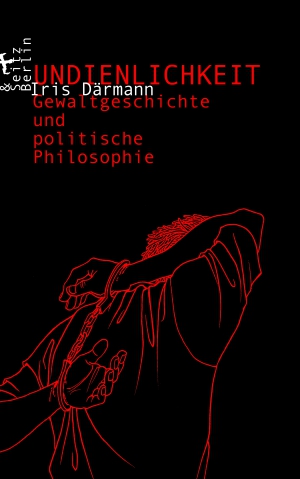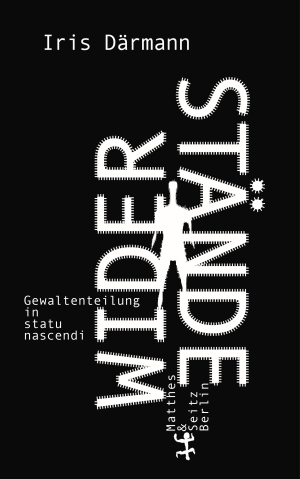How could people do what they did to their peers in the monstrous histories of violence of modernity? Iris Därmann finds an answer in the central role of a historically new lust for violence. In transatlantic enslavement, this lust for violence was indissolubly linked to the torture of flogging. The Marquis de Sade was not only well informed about conditions in the French colonies, he also made the colonial lust for violence visible in literature and transformed it into pornographic practices aimed at the abolition of slavery. In Därmann's analysis, therefore, Sade occupies a key position: in this perspective, sadism is an organized practice of violence, a pornographic genre, and a colonial racist use of the pleasures. Against the trivializing attempt of late 19th-century sexuology to reduce "sadism" to the "perversion" of individual perpetrators, Därmann examines in an eye-opening way the deliberate revival of whip torture in the colonization of Africa and the extermination of European Jews; she gives particular space to those who were exposed to sadistic violence, diagnosed it clairvoyantly, and resisted it. Since the 1930s, sadism has thus also become a critical category: Aimé Césaire, Frantz Fanon, Jean Améry, Georges Bataille, and Pierre Klossowski found their way back to Sade's radical political project and at the same time opposed it in the search for another desire that does not turn the human body into sadistic prey.
Awards
Sigmund Freud Prize for Scholarly Prose 2022Non-fiction
Iris Därmann, born in Witten in 1963, is Professor of Cultural Theory and Cultural Aesthetics at the Humboldt University in Berlin. Her publications include Resistances. History and Theory and Underserviceability. A History of Violence and of Political Philosophy.









